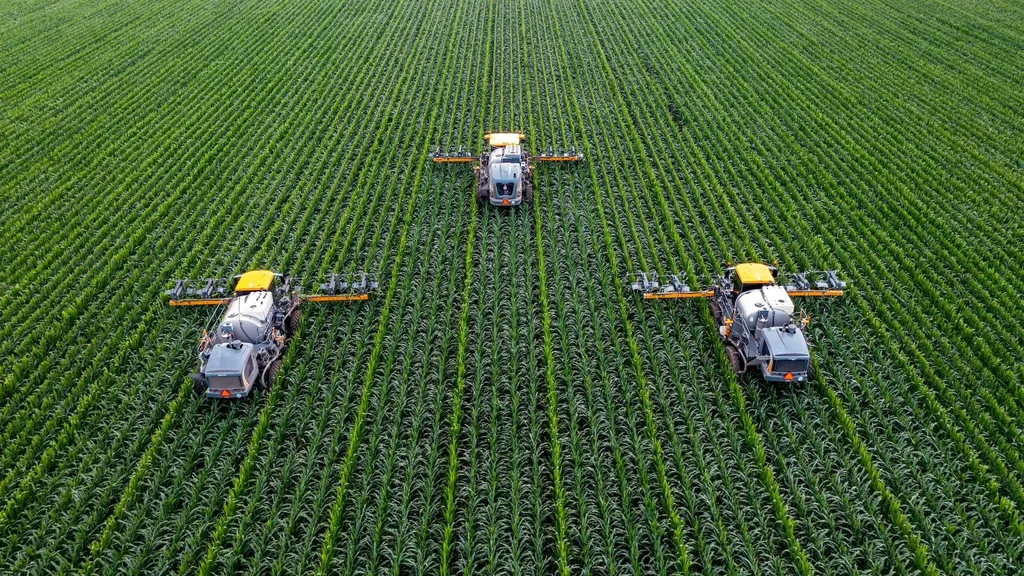In the heart of the Midwest, a team of researchers led by Qian Huang from Southern Illinois University is revolutionizing soybean farming with a cutting-edge approach that combines artificial intelligence and edge computing. Their work, published in the journal *Artificial Intelligence* (translated from Chinese), promises to bring precision agriculture to even the most resource-limited farms, potentially reshaping the future of crop yield prediction and management.
Soybean is a cornerstone of global food security and agricultural economics, but traditional methods of estimating pod counts—critical for yield prediction—are slow, labor-intensive, and prone to errors. “Manual counting is not only tedious but also inconsistent,” explains Huang. “It’s a bottleneck in precision farming and breeding programs.”
The breakthrough comes in the form of lightweight, efficient AI models that integrate model simplification, weight quantization, and squeeze-and-excitation (SE) self-attention blocks. These compact models are designed to run on edge devices like Raspberry Pi, making them accessible even in rural regions where computational resources are scarce.
“Our models achieve comparable accuracy to existing ones, but with a fraction of the computational demand,” says Huang. “This is a game-changer for small farms and rural areas that lack high-end processing power.”
The research demonstrates that these lightweight models can achieve an estimation accuracy of 84–87%, significantly reducing the model size by a factor of 9–65. Compared to existing models like YOLO POD and SoybeanNet, which require over 20 million parameters, Huang’s team has developed models that deliver similar or even higher accuracy (84.0–86.76%) with fewer than 2 million parameters.
The implications for the agricultural sector are profound. With the ability to deploy these models on edge devices, farmers can access real-time, accurate pod count data without relying on cloud-based solutions or high-end hardware. This not only reduces costs but also enhances decision-making capabilities, enabling more precise yield predictions and better resource management.
Looking ahead, Huang and her team plan to expand their dataset by incorporating diverse soybean images to improve model generalizability. They also aim to explore more advanced attention mechanisms, such as CBAM or ECA, to further enhance feature extraction and model performance. “Our goal is to make this technology as robust and versatile as possible,” Huang notes.
The potential applications extend beyond soybeans. The principles behind this research could be applied to other crops, making precision agriculture more accessible and efficient across the board. As edge computing continues to evolve, the integration of AI models into everyday farming practices could become a standard, transforming the agricultural landscape.
In a field where every pod counts, Huang’s research offers a glimpse into a future where technology and agriculture converge to create more sustainable, efficient, and productive farming practices. With the publication of this work in *Artificial Intelligence*, the stage is set for a new era of precision agriculture, one that is both innovative and inclusive.

